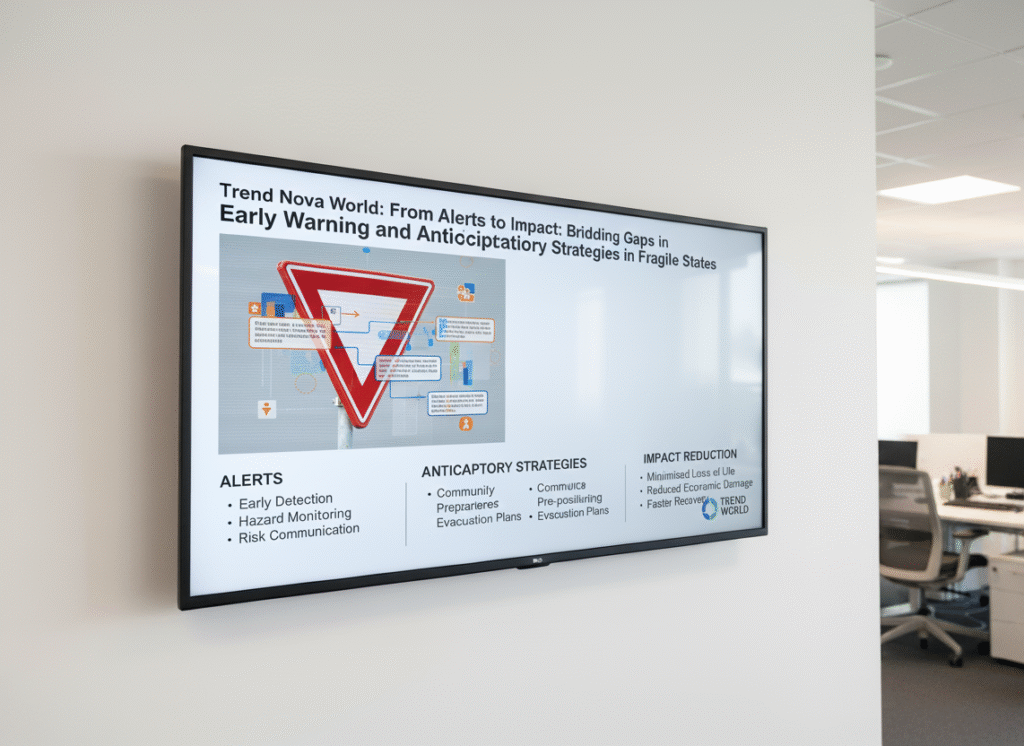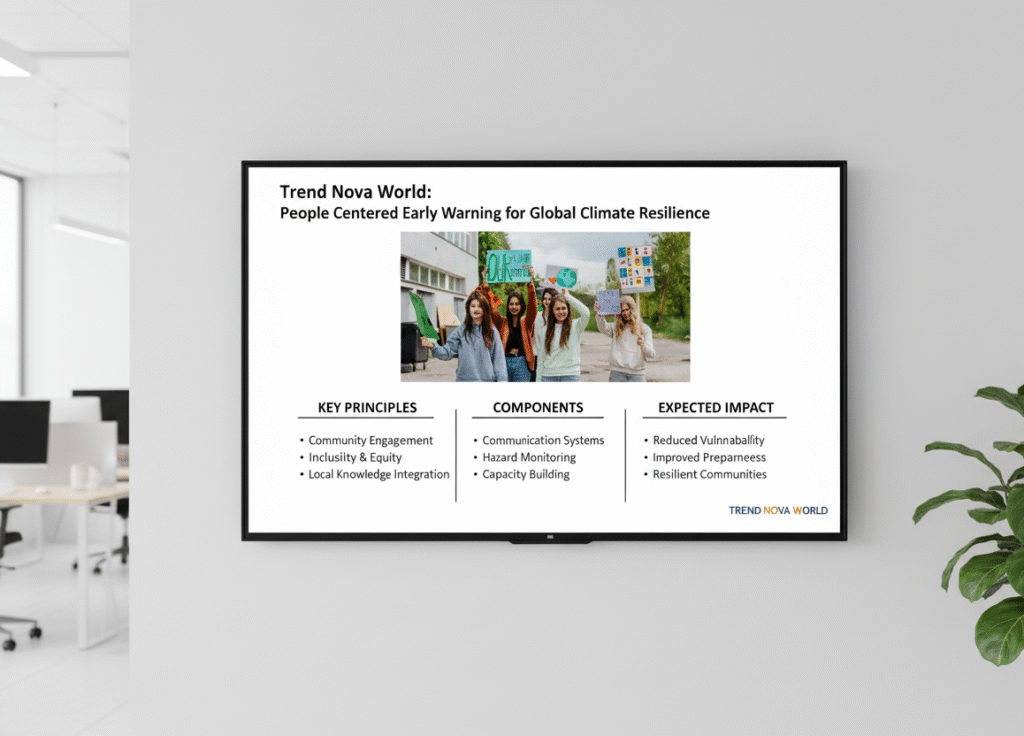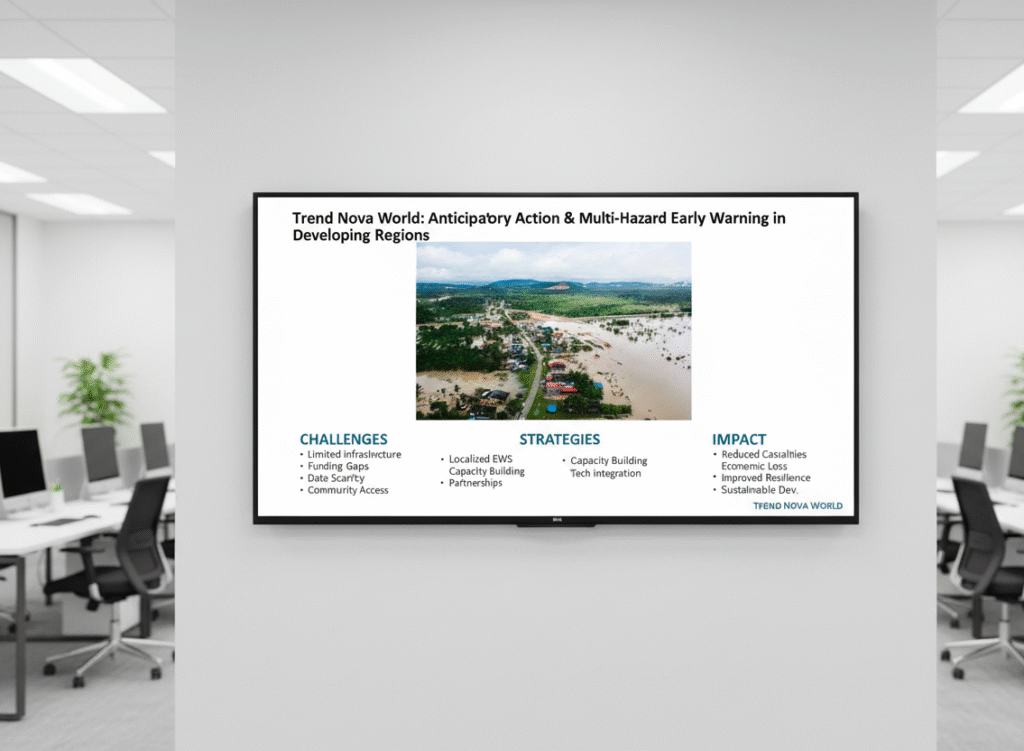Explore sustainable development projects across 193 countries, from Africa’s Great Green Wall to Asia’s solar initiatives, in this comprehensive guide to global solutions for 2025.

The pursuit of sustainable development has become a cornerstone of global progress, addressing the intertwined challenges of economic growth, social equity, and environmental protection. With the United Nations’ 2030 Agenda for Sustainable Development outlining 17 Sustainable Development Goals (SDGs), countries worldwide are implementing innovative projects to foster resilience and prosperity. The Sustainable Development Report 2025 reveals that while progress has been made lifting millions out of poverty and expanding access to essential services not a single nation is fully on track to meet all targets, with only 17% of goals advancing as planned. This guide explores sustainable projects across 193 countries, grouped by regions, highlighting successes, strategies, and solutions that can inspire replication. From renewable energy initiatives in arid Middle Eastern landscapes to community-driven conservation in Oceania’s islands, these efforts demonstrate how localized actions contribute to global goals. As we navigate 2025, understanding these projects is vital for stakeholders, policymakers, and citizens aiming to build a more equitable and resilient world.
Sustainable development isn’t just an ideal it’s a practical framework for tackling pressing issues like climate change, inequality, and resource scarcity. By examining projects in every corner of the globe, this guide provides actionable insights, case studies, and best practices. Whether you’re involved in international aid, corporate social responsibility, or grassroots activism, these examples underscore the power of collaboration in achieving the SDGs.
Understanding Sustainable Development and the SDGs
Sustainable development seeks to meet the needs of the present without compromising future generations’ abilities. Adopted in 2015, the SDGs form a blueprint for peace and prosperity, integrating economic, social, and environmental dimensions.
The 17 Sustainable Development Goals: A Brief Overview
The SDGs address a wide array of challenges, from eradicating poverty to combating climate change. Here’s a snapshot:
- No Poverty: End poverty in all forms everywhere.
- Zero Hunger: Achieve food security and promote sustainable agriculture.
- Good Health and Well-Being: Ensure healthy lives for all ages.
- Quality Education: Provide inclusive and equitable education.
- Gender Equality: Empower women and girls.
- Clean Water and Sanitation: Ensure availability and sustainable management.
- Affordable and Clean Energy: Access to reliable, sustainable energy.
- Decent Work and Economic Growth: Promote inclusive economic growth.
- Industry, Innovation, and Infrastructure: Build resilient infrastructure.
- Reduced Inequalities: Reduce inequality within and among countries.
- Sustainable Cities and Communities: Make cities inclusive and sustainable.
- Responsible Consumption and Production: Ensure sustainable patterns.
- Climate Action: Combat climate change and its impacts.
- Life Below Water: Conserve oceans and marine resources.
- Life on Land: Protect terrestrial ecosystems.
- Peace, Justice, and Strong Institutions: Promote peaceful societies.
- Partnerships for the Goals: Strengthen global partnerships.
Progress varies: Regions like East Asia have advanced in poverty reduction, while sub-Saharan Africa lags in hunger eradication.
Why Sustainable Projects Matter Globally
In 2025, global challenges like climate chaos and human rights setbacks demand urgent action. Sustainable projects not only mitigate these but also drive economic benefits, creating jobs and fostering innovation. For instance, renewable energy initiatives have generated millions of employment opportunities worldwide.
Sustainable Projects in Africa: Building Resilience Amid Challenges
Africa, home to 54 countries, faces acute issues like desertification and poverty, yet it’s a hub for innovative solutions. The continent’s projects often focus on agriculture, renewable energy, and ecosystem restoration.
Key Initiatives and Examples
The Great Green Wall, spanning 11 countries including Senegal, Nigeria, and Ethiopia, aims to restore 100 million hectares of degraded land by combating desertification. Launched in 2007, it has planted millions of trees, improving soil fertility and supporting livelihoods for over 20 million people.
In Kenya, the Lake Turkana Wind Power project, Africa’s largest wind farm, generates 310 MW of clean energy, powering over a million homes and reducing carbon emissions.
South Africa’s Renewable Energy Independent Power Producer Procurement Programme has attracted billions in investments, adding gigawatts of solar and wind capacity.
Regional Impact and Lessons
These projects emphasize community involvement. In Rwanda, post-genocide reforestation efforts have restored forests, boosting biodiversity and tourism. Challenges include funding gaps, but partnerships with organizations like the African Union are key.
| Project | Country/Region | Focus Area | Impact |
|---|---|---|---|
| Great Green Wall | Sahel Region | Land Restoration | 100M hectares targeted |
| Lake Turkana Wind | Kenya | Clean Energy | 310 MW capacity |
| REIPPPP | South Africa | Renewables | Thousands of jobs created |
Sustainable Projects in Asia: Innovation and Scale
Asia’s 48 countries blend rapid urbanization with environmental stewardship, leading in tech-driven sustainability.
Highlighted Projects
China’s massive afforestation program has planted over 100 billion trees since 1978, combating soil erosion and enhancing carbon sinks.
In India, the Solar Energy Corporation’s initiatives have installed over 50 GW of solar power, electrifying rural areas and reducing fossil fuel dependence.
Japan’s hydrogen society project promotes fuel cells for transportation and energy, aiming for carbon neutrality by 2050.
Adapting to Climate Risks
Asia’s path to climate-resilient infrastructure draws from Africa’s coal phase-out and Latin America’s renewables transition. In Bangladesh, floating farms adapt to flooding, ensuring food security.
Challenges like air pollution in cities like Delhi are addressed through electric vehicle mandates.
Sustainable Projects in Europe: Leading by Policy and Example
Europe’s 44 countries top sustainability rankings, emphasizing green transitions and circular economies.
Notable Efforts
Sweden’s fossil-free steel production via HYBRIT technology reduces emissions in heavy industry.
Germany’s Energiewende has shifted to renewables, with wind and solar comprising over 40% of electricity.
The EU’s Green Deal funds projects across member states, like urban greening in Copenhagen, Denmark.
Integration and Collaboration
European projects often involve cross-border cooperation, such as the North Sea Wind Power Hub connecting multiple nations.
Sustainable Projects in the Americas: Diversity in Action
The Americas span 35 countries, from North to South, focusing on biodiversity and renewable resources.
Exemplary Cases
Costa Rica’s responsible tourism preserves rainforests while generating revenue, with over 25% of land protected.
Brazil’s clean technology in biofuels has made it a leader in ethanol production.
Chile’s renewable energy push, including vast solar farms in the Atacama Desert, aims for 100% clean energy by 2040.
In Canada, indigenous-led conservation in the Great Bear Rainforest protects ecosystems and supports communities.
Addressing Inequalities
Projects in Colombia promote sustainable agriculture, reducing deforestation through coffee certification programs.
Sustainable Projects in Oceania: Island Resilience
Oceania’s 14 countries, mostly islands, prioritize ocean conservation and climate adaptation.
Key Projects
Australia’s Great Barrier Reef restoration involves coral breeding to combat bleaching.
New Zealand’s predator-free initiative eradicates invasive species to protect native wildlife.
In Fiji, mangrove planting projects shield coastlines from storms and support fisheries.
Small Island Challenges
These nations face rising seas; initiatives like Pacific Islands Forum collaborations seek international funding.
Sustainable Projects in the Middle East: Innovation in Arid Lands
The Middle East’s 18 countries tackle water scarcity and energy transitions.
Innovative Solutions
Morocco’s fog harvesting collects water from mist, providing for rural communities.
UAE’s zero-carbon police force uses electric vehicles, part of broader sustainability drives.
Lebanon’s Rise2030 empowers women in renewable energy sectors.
In Saudi Arabia, NEOM city project integrates green tech for a sustainable urban model.
Regional Cooperation
The Leaders for a Sustainable MENA initiative scales low-carbon technologies.
Global Challenges in Sustainable Development for 2025
Despite successes, hurdles persist: Global warming, biodiversity loss, plastic pollution, and deforestation top environmental concerns. Crises like poverty and climate change affect over 50% of countries.
Overcoming Barriers
Funding shortages and geopolitical tensions slow progress. Solutions include radical action and courageous leadership.
Future Outlook: Toward 2030 and Beyond
Milestone events like the 2025 World Summit for Social Development will recommit to SDGs. Innovations in AI and partnerships will accelerate efforts.
Final Words
This guide illustrates how sustainable projects in 193 countries are paving the way for a better future. By learning from these examples, we can amplify impact and achieve the SDGs collectively.
Discover the Future. Explore Our World.
Trend Nova World: Uniting Innovation






